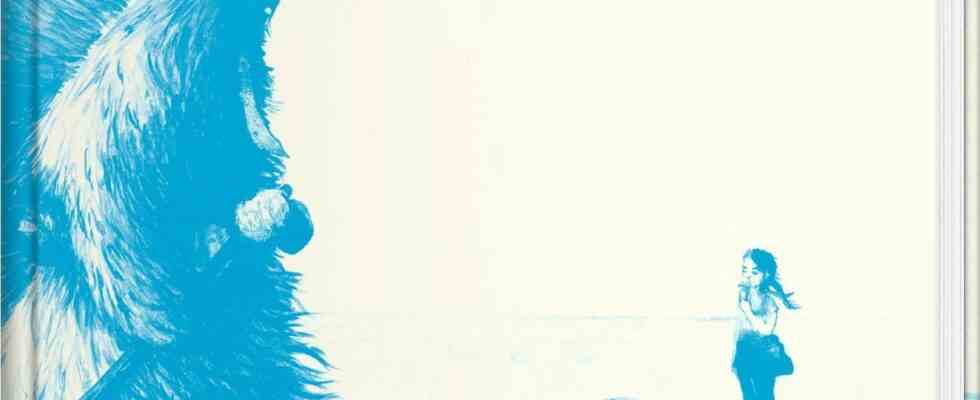In the Slovenian town of Ptuj, winter has been driven out a few days before Ash Wednesday every year since 1960 in the form of a noisy carnival parade. The legendary figure, who stands for old customs and new hype, is the Kurent, a wild figure, larger than life, who, dressed in sheepskins and equipped with magical powers, paves the way for spring. The Slovenian writer, poet and translator Aleš Šteger has invented a no less wild story around this character, has taken up an ancient tradition and playfully charged the traditional story with explosive topics such as climate change or nuclear energy and updated it into the present.
If you reduce that to a plot, then “When the Winter Disappeared” essentially tells the story of an ecological and technical disaster with well-known motives: When the winters were still real winters and hit people hard, the Kurent moved around as a rough and gloomy fellow , rang bells he had stolen from cowsheds, chasing away the cold and snow. When the winters fail at some point, it gets warmer and the area turns into a kind of semi-desert, the Kurent also disappears – because the legendary figure and the cold season belong together, one is inconceivable without the other.
For the new era, which brings these changes with them, Šteger’s story begins with a huge ice cream factory, the owner of which has the powers of a witch and unscrupulously wants to increase his sales. In addition, at the end of a chain of unfortunate events, a nuclear reactor threatens to burn out. Against both dangers, the Kurent appears as an almost forgotten hero who has become alien but has returned, now armed with garbage and electronic scrap and no longer with the cowbells of a bygone era.
Almost apocalypse, satire, action: the novel doesn’t care about a consistent style
What is gripping about this book, which Matthias Göritz translated from Slovenian into German, is not only the plot, but also the artful way in which Šteger’s narrative style and the large-format, mostly dark blue illustrations by the Slovenian artist Tina Dobrajc intertwine . Anecdotally, the novel jumps from place to place, leading the Kurent from old snow-covered huts to modern discos or in the middle of a rocker gang. The images that Tina Dobrajc creates use this resonant space, which the sentences open up, filling it sometimes with scenes of horror, sometimes with melancholy or with a loneliness that is common to almost all the characters in the book.
Aleš Šteger: When winter left. Illustrated by Tina Dobrajc. Translated from the Slovenian by Matthias Göritz. Karl Rauch Verlag, Düsseldorf 2022, 176 pages, 18 euros. From 10 years on.
(Photo: Karl Rauch Verlag)
Realism in detail, popular belief and magic merge, the novel doesn’t care about a uniform style, it can hardly be assigned to a specific reading age – the references are too diverse, from the legend as a framework to the almost apocalypse, from humor and biting Satire to action elements. Age-independent curiosity is perhaps the best key to enjoying this book, but it is certainly not a pamphlet for contemporary activists, even if it takes up their themes with sympathy and develops them in an idiosyncratic way.
“When the winter disappeared” fits seamlessly into the rest of Aleš Šteger’s work, for example, it stands next to his project “Logbook of the Present”, for which he travels again and again without researching places or people beforehand adjust. Or next to the skeptical-satirical near-future novel “Neverend” (2017, German 2021) about current Slovenia, in which narrative conventions are not taken too seriously. “Alarmism has its justification, but end-of-the-world narratives are useless,” – the scientist Olaf Eisen, who deals with the melting of the glaciers in Antarctica, was recently quoted in the SZ. Perhaps something similar can be said of When Winter Vanished: awareness of loss and danger is essential, but good narrative can banish fears – that’s all you can ask of literature.

